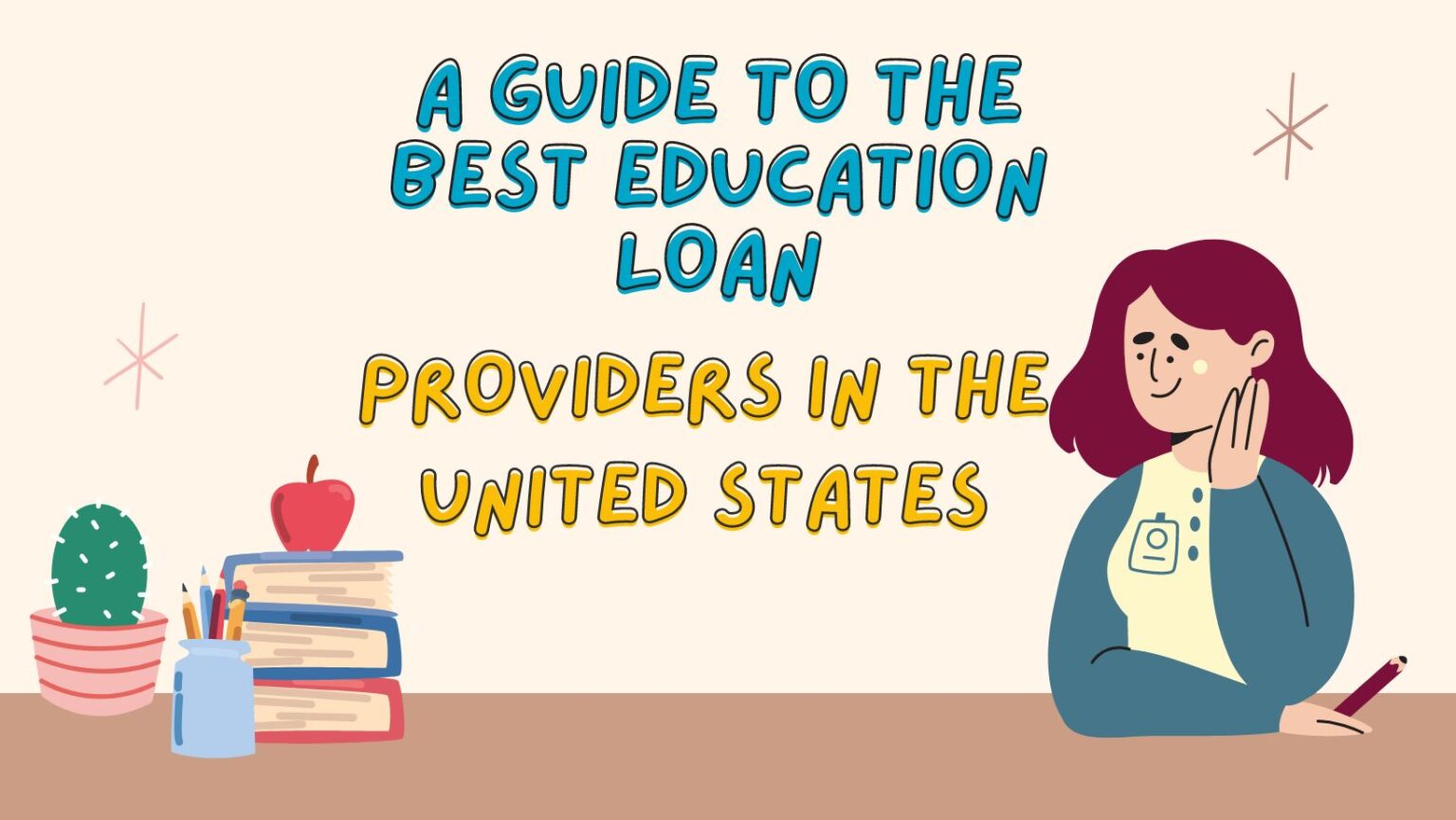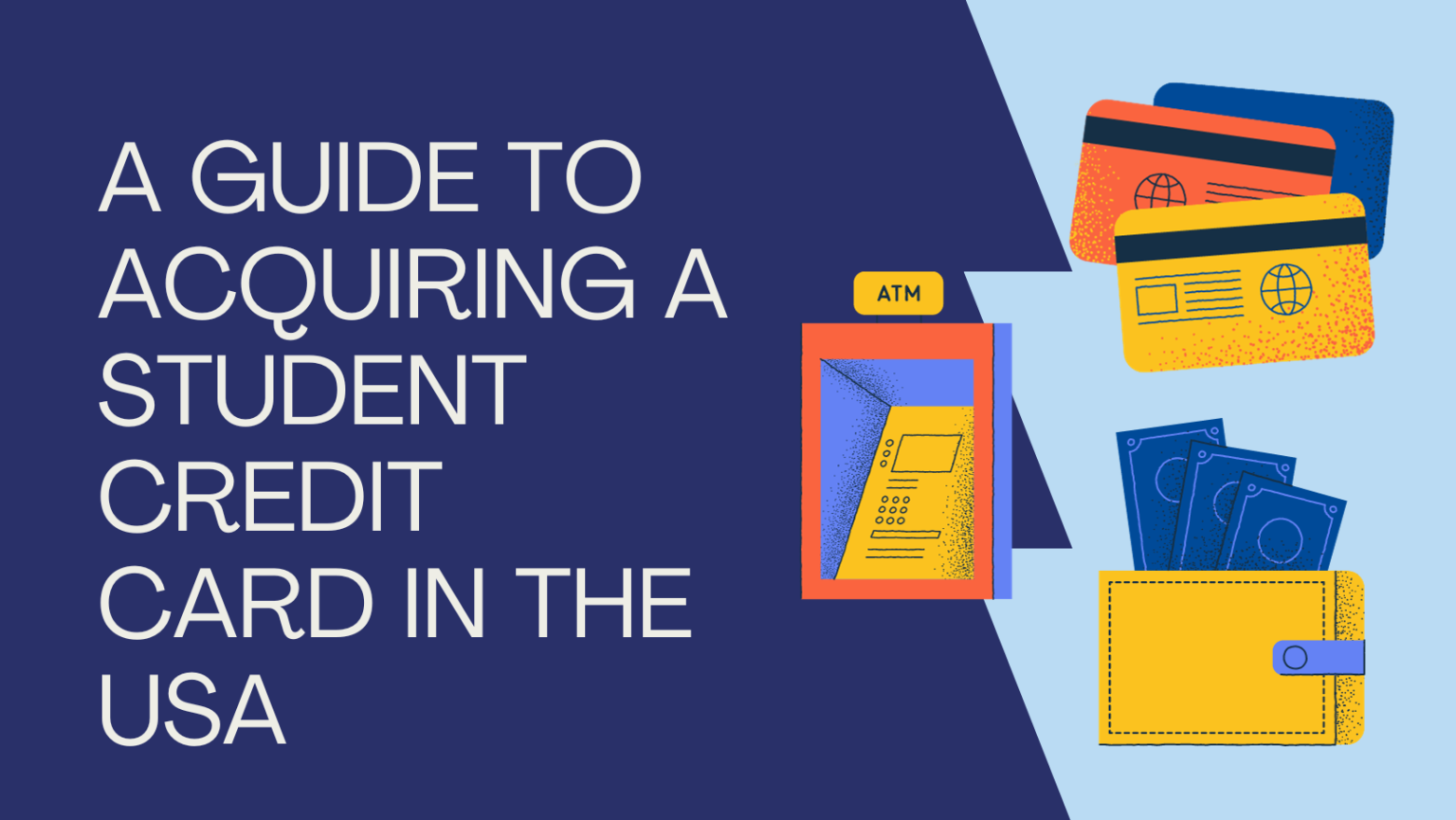Student loans are a significant financial tool for millions of people pursuing higher education. These loans can make it possible to attend college or university when personal savings or scholarships fall short. However, understanding how student loans work is crucial to making informed decisions about borrowing, repayment, and managing debt. This comprehensive guide will walk you through the process of obtaining, using, and repaying student loans.
1. Understanding Student Loans: The Basics
A student loan is a type of financial aid designed to help students pay for post-secondary education, including tuition, fees, books, and living expenses. Unlike grants or scholarships, which don’t require repayment, student loans must be paid back with interest.
There are two main types of student loans: federal and private.
- Federal Student Loans: These loans are funded by the U.S. government and usually offer more favorable terms, such as lower interest rates and more flexible repayment options.
- Private Student Loans: These loans are offered by private lenders, such as banks, credit unions, and online lenders. Interest rates and terms can vary widely based on the lender and the borrower’s creditworthiness.
2. Types of Federal Student Loans
Federal student loans are the most common type of student loan and are generally considered more beneficial due to their borrower-friendly terms. There are several types of federal student loans available:
- Direct Subsidized Loans: These loans are available to undergraduate students who demonstrate financial need. The U.S. Department of Education pays the interest on these loans while you’re in school at least half-time, during the six-month grace period after you leave school, and during any deferment periods.
- Direct Unsubsidized Loans: These loans are available to both undergraduate and graduate students, regardless of financial need. Interest accrues while you’re in school, during the grace period, and during deferment.
- Direct PLUS Loans: These loans are available to graduate or professional students and parents of dependent undergraduate students. They require a credit check, and borrowers with adverse credit history may need a co-signer.
- Direct Consolidation Loans: These allow you to combine multiple federal student loans into a single loan with one monthly payment. This can simplify repayment but may result in a longer repayment period and more interest paid over time.
3. Eligibility Criteria for Student Loans
Eligibility for federal student loans is determined by several factors:
- Enrollment Status: You must be enrolled at least half-time in an eligible degree or certificate program at an accredited institution.
- Financial Need: For Direct Subsidized Loans, financial need is a key factor. This is determined by the Free Application for Federal Student Aid (FAFSA), which takes into account your family’s income, assets, and the cost of attendance at your chosen school.
- Citizenship: You must be a U.S. citizen or eligible non-citizen.
- Satisfactory Academic Progress: You must maintain satisfactory academic progress as defined by your school.
Private student loans have different eligibility criteria, often relying heavily on credit scores and income. In many cases, students may need a co-signer to qualify.
4. The Application Process
The application process for federal and private student loans differs significantly.
For Federal Student Loans:
- Complete the FAFSA: The first step in obtaining federal student loans is filling out the FAFSA. This form is used to determine your eligibility for federal financial aid, including loans, grants, and work-study programs. The FAFSA is available on October 1st each year, and it’s crucial to submit it as early as possible.
- Review Your Student Aid Report (SAR): After submitting the FAFSA, you’ll receive a Student Aid Report, which summarizes the information you provided. Review this carefully to ensure all information is correct.
- Receive Your Financial Aid Offer: Your school will send you a financial aid offer outlining the types and amounts of aid you’re eligible for, including federal student loans. You can choose to accept all, part, or none of the loan amount offered.
- Complete Entrance Counseling and Sign a Master Promissory Note (MPN): Before receiving your loan funds, you’ll need to complete entrance counseling, which ensures you understand your obligations as a borrower. You’ll also sign an MPN, a legal document in which you agree to repay your loan.
For Private Student Loans:
- Research Lenders: Start by comparing private lenders based on interest rates, repayment terms, and borrower benefits. Many online tools can help you compare options.
- Apply for a Loan: Once you’ve chosen a lender, you’ll need to complete their application. This typically includes a credit check and may require a co-signer.
- Review Loan Offers: If approved, you’ll receive loan offers that detail the amount you can borrow, the interest rate, and the terms of the loan.
- Sign the Loan Agreement: After choosing a loan offer, you’ll sign a loan agreement. The lender will then disburse the funds to your school.
5. Understanding Interest Rates and Fees
Interest rates and fees are crucial factors in determining the total cost of your student loan.
- Federal Student Loans: Federal loans have fixed interest rates, which means the rate will not change over the life of the loan. These rates are set by Congress and vary based on the type of loan and whether you’re an undergraduate, graduate, or professional student.
- Private Student Loans: Private loan interest rates can be either fixed or variable. Variable rates can change over time, which means your payments could increase or decrease. Private lenders set their interest rates based on your credit score, income, and other factors. If you have a co-signer, their credit history will also be considered.
- Fees: Federal loans may have origination fees, which are deducted from the loan amount before it’s disbursed. Private loans may also have fees, but this varies by lender.
6. Loan Disbursement
Once your loan is approved, the funds will be disbursed to your school. This typically happens in at least two payments (usually one per semester). The school will apply the funds to your tuition, fees, and room and board. If any funds remain after these charges are paid, the school will provide you with the remaining balance to use for other education-related expenses.
7. Repayment Options
Repayment of student loans typically begins after you graduate, leave school, or drop below half-time enrollment. Federal and private loans have different repayment options.
Federal Student Loan Repayment Options:
- Standard Repayment Plan: Fixed monthly payments over 10 years. This option usually results in paying less interest over time.
- Graduated Repayment Plan: Payments start low and increase every two years. The loan term is typically 10 years, but you’ll pay more interest than with the standard plan.
- Extended Repayment Plan: Available for borrowers with over $30,000 in Direct Loans. Payments can be fixed or graduated, with a term up to 25 years.
- Income-Driven Repayment Plans: These plans base your monthly payments on your income and family size. They include Income-Based Repayment (IBR), Pay As You Earn (PAYE), and others. After 20 or 25 years, any remaining loan balance may be forgiven, though it could be considered taxable income.
- Public Service Loan Forgiveness (PSLF): If you work in a qualifying public service job and make 120 qualifying payments under an income-driven repayment plan, you may be eligible for loan forgiveness.
Private Student Loan Repayment Options:
Private lenders typically offer less flexibility in repayment options. Most private loans have a standard repayment plan with fixed monthly payments over a set term (usually 10-20 years). Some lenders offer interest-only payments while you’re in school or graduated repayment plans, but these options are more limited than those available for federal loans.
8. Managing and Refinancing Student Loans
Managing your student loans effectively is essential to avoid financial difficulties.
- Stay Organized: Keep track of your loan balances, interest rates, and payment due dates. Consider setting up automatic payments to avoid missing a payment.
- Consider Refinancing: If you have a good credit score and steady income, refinancing your student loans with a private lender could lower your interest rate and monthly payments. However, refinancing federal loans into a private loan means losing access to federal benefits, such as income-driven repayment plans and loan forgiveness.
- Seek Help If Needed: If you’re struggling to make payments, reach out to your loan servicer. Federal loans offer deferment and forbearance options, which allow you to temporarily postpone or reduce payments. Some private lenders may also offer hardship options.
9. Consequences of Defaulting on Student Loans
Failing to repay your student loans can have serious consequences. For federal loans, default typically occurs after 270 days of missed payments. Consequences can include:
- Damage to Credit Score: A default will severely damage your credit score, making it difficult to obtain credit in the future.
- Wage Garnishment: The federal government can garnish your wages, tax refunds, and Social Security benefits to collect on a defaulted loan.
- Loss of Eligibility for Additional Aid: You may lose eligibility for further federal student aid, which can limit your ability to return to school.
- Legal Action: The government or your lender may take legal action to collect the debt.
10. Final Thoughts: Borrow Wisely
Student loans can be a valuable resource in making higher education accessible, but they come with long-term financial responsibilities. To minimize your debt, borrow only what you need, and explore scholarships, grants, and work-study opportunities first. Always be aware of your repayment options and seek advice if you’re unsure about the best course of action.
By understanding how student loans work and planning your finances carefully, you can make informed decisions that will benefit your future financial health.



